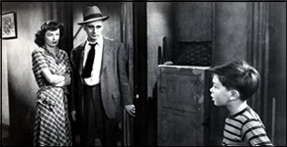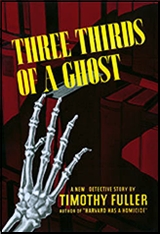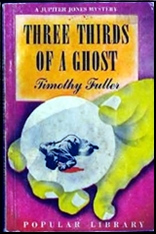Fri 2 May 2025
A Movie Review by Jonathan Lewis: 711 OCEAN DRIVE (1950).
Posted by Steve under Crime Films , Reviews[2] Comments

711 OCEAN DRIVE. Columbia Pictures, 1950. Edmond O’Brien Edmond O’Brien, Joanne Dru, Otto Kruger, Barry Kelly. Director: Joseph M. Newman
Edmond O’Brien stars in this remarkably average crime drama about the bookmaking racket. He portrays Mal Granger, a telephone company technician who works his way up in the criminal world, eventually becoming a top Syndicate figure on the West Coast. Along the way, he has a rival murdered, steals the rival’s girl (Joanne Dru), and then proceeds to knock off the hitman who he hired in the first place. All the while trying to outwit the Syndicate’s Cleveland-based boss (Otto Kruger).
Tough stuff, with O’Brien giving a solid performance as a man whose heart is increasingly hardened by his chosen line of work. Unfortunately, it takes a long time for the movie to get going. The first half hour or so, especially, is a drag. Too much time is spent on Granger’s ability to rig a telephone system for a low-level bookie, one that would allow said bookie to get near instantaneous results from the track.

This might have been interesting in 1950 – and I say might – but it is a drag now. The movie does perk up in the second and third acts, with the film culminating in a well executed and photographed chase and fight sequence set in and around the Hoover Dam in Nevada.
Overall, 711 Ocean Drive is, as I said previously, average. I just don’t know what the title refers to! It’s never mentioned in the film (as far as I could tell) and it doesn’t seem to indicate anything special, other than possibly Granger’s fictional Malibu address once he becomes a big shot.












